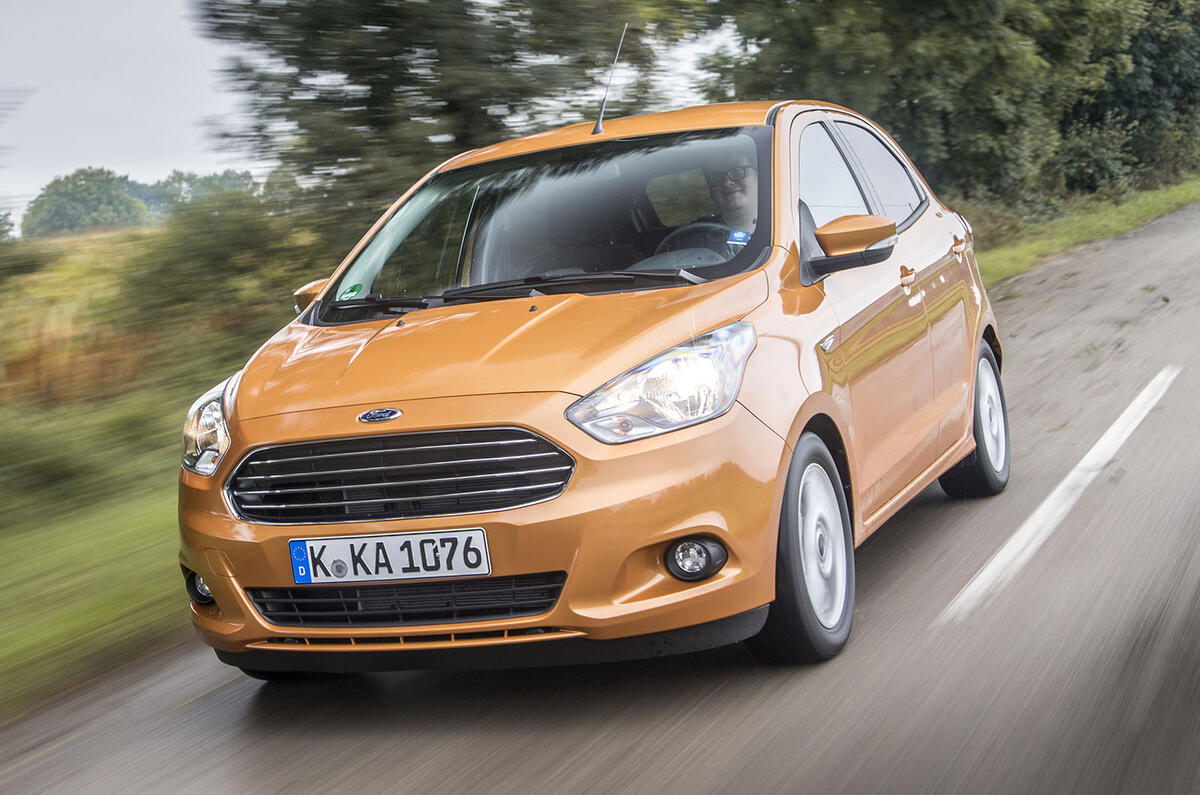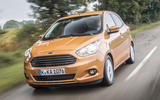What is it?
The Ford Ka+ is the full stop at the end of an experiment in city car making for one the world’s largest industrial powers, an experiment that began - quite promisingly - fully 20 years ago with the original Ford Ka. But having sold almost half a million examples of the Ford Fiesta-based trend-setter over its 12-year lifespan, Ford turned to a joint venture with Fiat for its 2008 replacement: a follow-up with much less of the quirky appeal of its forebear, and which proved only a fraction as popular.
Now, with its attention turned to more lucrative growth areas of the global car market than Europe, Ford has decided that it’s not worth investing in the proprietary technology needed to maintain a presence in the niche where the likes of the Volkswagen Up, Renault Twingo, Fiat Panda, Hyundai i10 and others compete. Instead, it’s offering us a car that shares about as much with the first Ka as Jeremy Clarkson does with Jeremy Corbyn.
The Ka+ is slavishly conventional full-size five-door supermini, built in India, designed with practicality, simplicity and unadorned value for money squarely in mind and offered with a choice of 69 and 84bhp 1.2-litre petrol engines - and it is wholly unlike its three-door only, style-conscious namesake. Developed on Ford’s global supermini platform and therefore sharing much with the current Fiesta, it’s a meat-and-potatoes sort of small car that, Ford hopes, will take it into the market territory that the likes of Skoda , Kia and Hyundai are abandoning as they move upmarket. And yet, as bargain small cars go, the Ka+ is actually a pretty good one.
What's it like?
Predictably unadventurous. Nevertheless, the Ka+ is a credible small car turned out with an encouraging dash of the distinguishing dynamic polish that we’ve come to expect from Ford – as well as with the appealing pricetag needed to go up against the likes of the Dacia Sandero and MG3.
Available from £8995, the Ka+ doesn’t have the jaw-dropping entry-level window-sticker of the Dacia but it’s a close match for the MG. Moreover, it’s much better to drive than the last Indian-built small car brought to us by the One Ford product development philosophy: the Ecosport crossover (which, admittedly, is made in a different Indian factory altogether and, we're bound to observe, has been belatedly brought up to snuff by Ford of Europe’s engineers).
Shorter in length but taller of roofline than the Fiesta, the Ka+ offers generous cabin space. Knowing that value-minded customers appreciate such things, Ford has traded a little bit of boot space for cabin length here relative to a typical supermini design template, and has opted for a slightly raised seating position which also contributes to the Ka+’s passenger accommodation. Boot space is consequently a bit scant by supermini standards at 270 litres, which is big enough for smaller suitcases but possibly not so for folded baby buggies and the like, or for the weekly supermarket shop. But occupant space is good in both rows, with larger adults able to sit line-astern in reasonable comfort.
The interior fittings are quite plain, but they’re no disgrace. Fascia mouldings are uniformly hard but aren’t too shiny or easily marked, and they’re broadly well-finished. And while some of the car’s switchgear and componentry looks dated (the interior door handles and mirror adjustor are straight out of a Mk5 Fiesta, for example), most of it looks and feels robust.























Join the debate
Add your comment
Awful thing
Ford Siesta
Good Car